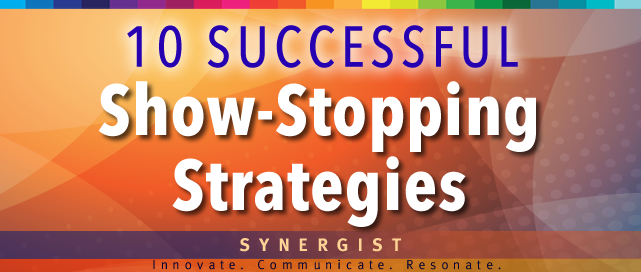Every impression of your brand has value!
65% of us are visual learners. This makes a strong visual brand an integral part of building an unforgettable brand.
The goal is always to stimulate recall, instill recognition and become memorable in the mind of your audience. If they view your visual brand consistently and repeatedly, you are empowering them to make a connection with your business easily. This is simply because the more we see something, the better our recall of it is.
A strong visual brand begins with these 5 basics: your logo, fonts, colors, usage and images.
Logo
Your logo is not your brand in its entirety. It is a visual representation of your brand. A strong visual is distinctive, simple, readable at all sizes and meaningful. Maintaining your logo’s integrity helps establish the recognition it deserves.
Fonts
Fonts lend a distinctive personality and should reflect your brand values. Use no more than 2 fonts that pair well and complement who you are. The right fonts will ensure your message is readable and legible.
Colors
Color creates your brand’s tone. Choose colors appropriate for your brand and use them distinctly to guide your audience visually in conveying your message.
Usage
Guidelines for consistent usage should be established to help maintain visual brand integrity. This may include elements such as guides for maintaining ample white space around your logo which will help draw attention visually. Studies show that consistency in visual touchpoints (website, social media, store, marketing, service, support, etc) builds brand.
Images
Visual content is more interactive, engaging and gets your message across quickly. Create high-quality, compelling and visually consistent images for your brand.
Control your brand by building it consistently and empower it to become unforgettable in our crowded world of brands.
![]()
Why Your Brand Needs A Design Style Guide?
How To Create A Great Logo
Branding … Good And Bad











